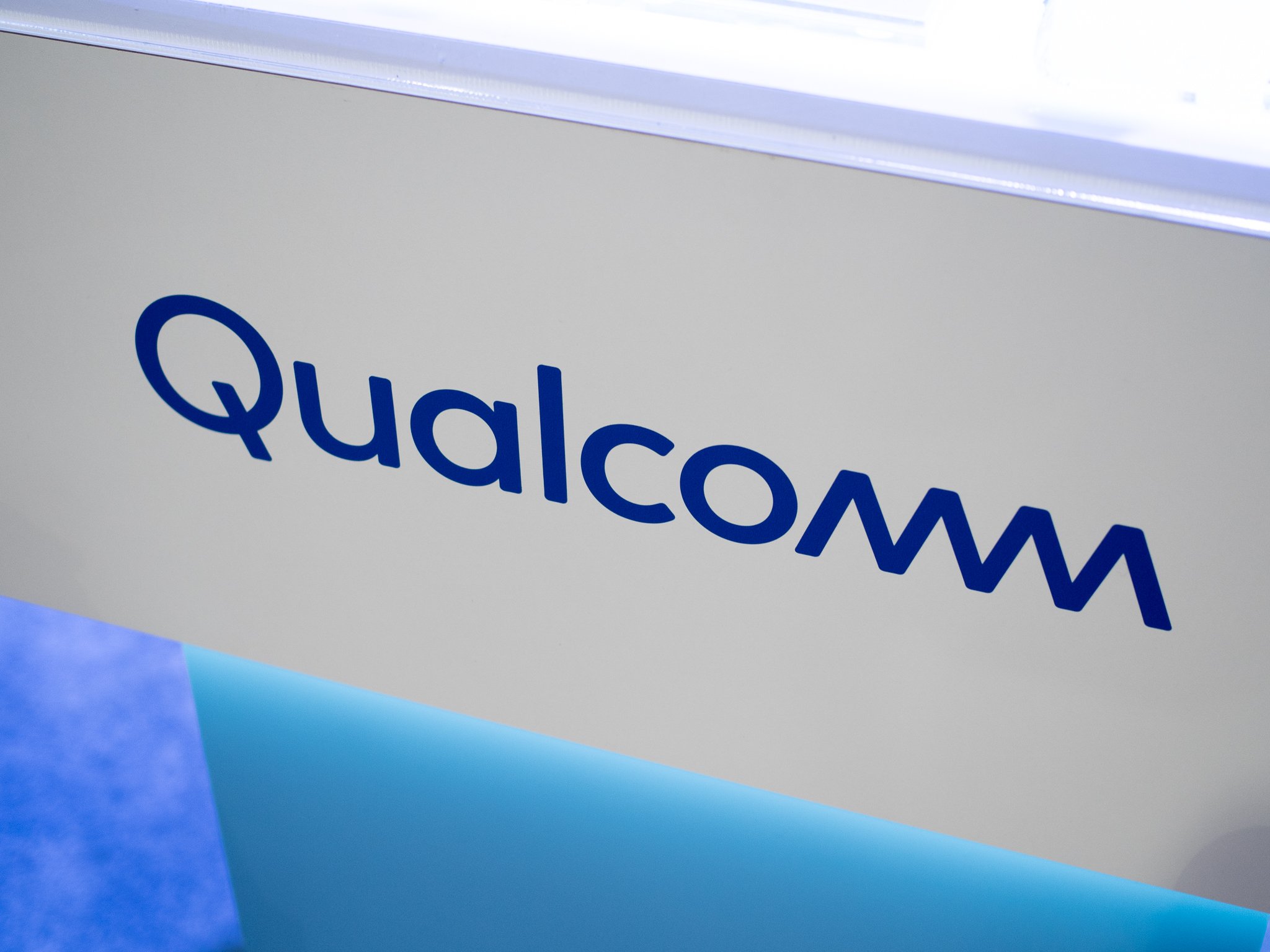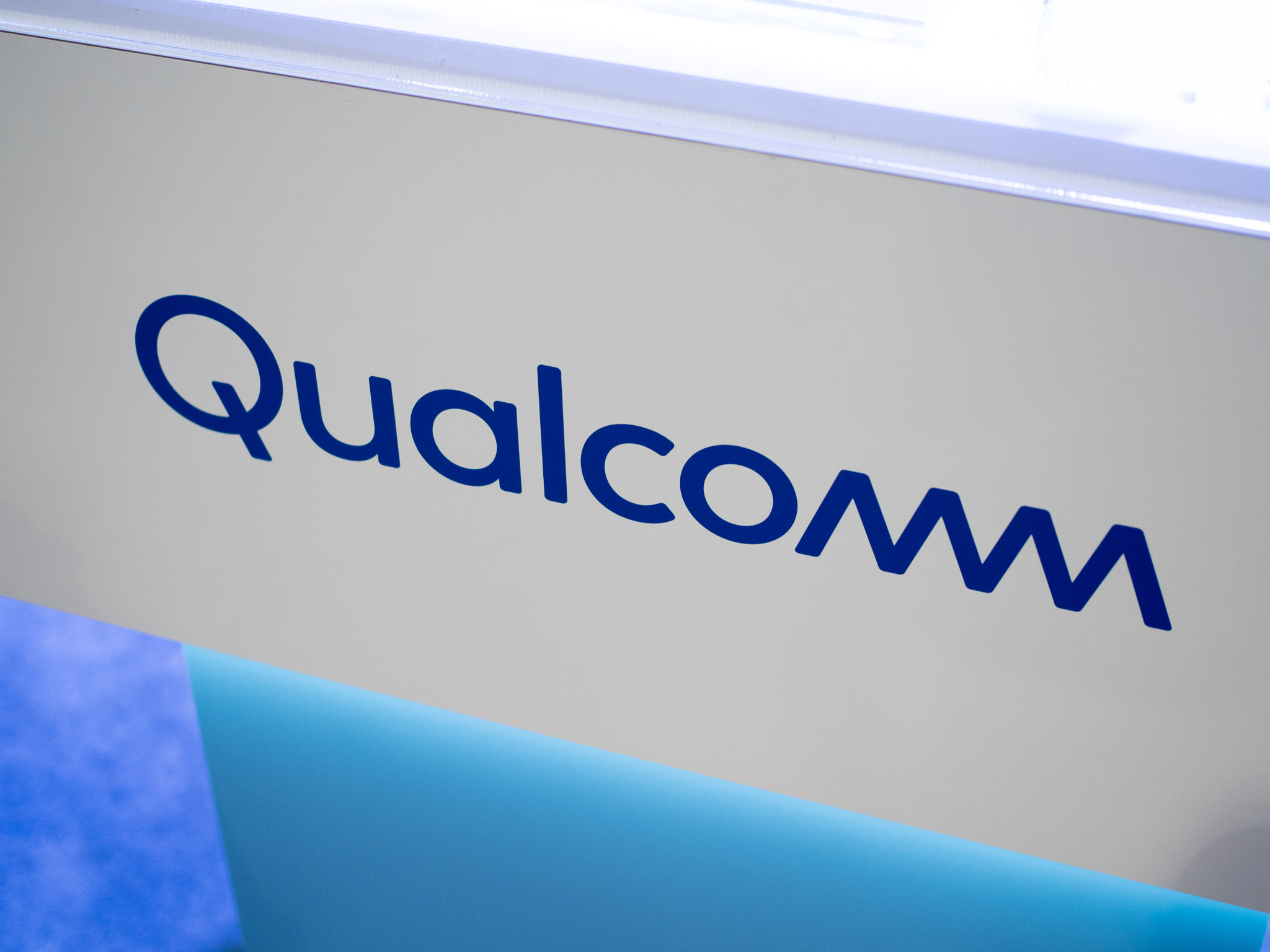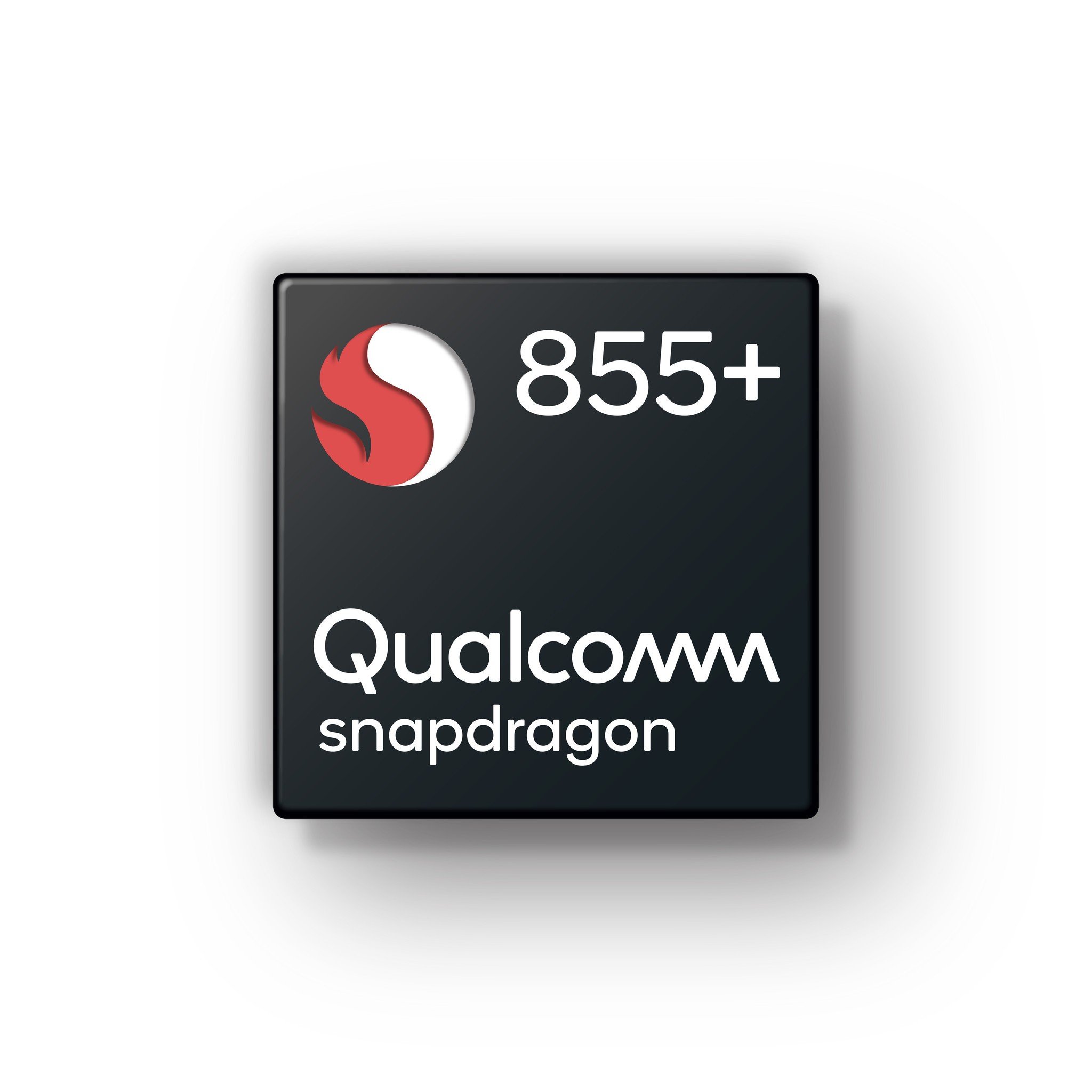Qualcomm's Snapdragon 855 Plus aims to be the ultimate gaming processor
Devices will start shipping with the 855 Plus is the second half of 2019.


What you need to know
- The Qualcomm Snapdragon 855 Plus has been announced as a successor to the 855.
- Qualcomm's touting improvements for gaming, AI, XR, and 5G.
- CPU clock speed is up to 2.96GHz with a 15% increase for the GPU.
Qualcomm's Snapdragon 855 has proven to be a beast of a chipset, powering devices such as the Galaxy S10 and OnePlus 7 Pro. We have zero complaints with the 855's performance, but in its quest to make phones as fast as possible, Qualcomm's just announced the all-new Snapdragon 855 Plus.
Snapdragon processors are generally associated with smartphones, but several Windows 10 PCs use them. For example, the Lenovo C630 and Samsung Galaxy Book2 both use the Snapdragon 850. Microsoft has continued to improve Windows 10 running on ARM processors, and we expect to see more Snapdragon-powered PCs in the future. Additionally, the HoloLens 2 will run on a Snapdragon 850 processor.
Commenting on the new processor, Qualcomm Vice President and Product Manager, Kedar Kondap, said:
"Snapdragon 855 Plus will raise the bar for elite gamers with the increase in CPU and GPU performance and elevate experiences for 5G, gaming, AI and XR, which is something our OEM customers look to us to deliver.
On the CPU side of things, Qualcomm's Kryo 485 will offer clock speeds up to 2.96GHz, while the Adreno 640 GPU will offer a 15% boost for graphics.

In addition to the blazing horsepower, the 855 Plus also comes equipped with a multi-gigabit Snapdragon X24 LTE 4G modem and the X50 modem for 5G connectivity. According to Qualcomm, the 855 Plus will be able to offer, "superior coverage and all-day battery life in premium 5G devices."
Rounding out the list of features for the Snapdragon 855 Plus, Qualcomm is using its 4th generation AI Engine to deliver powerful AI capabilities. Virtual and augmented reality features are also supported and will work hand-in-hand with 5G-powered experiences.
As for when we'll see devices powered by the Snapdragon 855 Plus, we shouldn't have to wait too long. Qualcomm says commercial devices based on the chip will begin shipping the second half of 2019.
All the latest news, reviews, and guides for Windows and Xbox diehards.
The Snapdragon 855 is a benchmarking beast in a year that needs the power

Joe is a Former Contributor for Windows Central.
